-
×
Miniature Owl On Tree Poly resin Figurines Pack of 2
1 × ₹80.00 -
×
 Grow Bags Green HDPE Plastic 9" x 8" (Pack of 1) 200GSM UV stabilized
1 × ₹60.00
Grow Bags Green HDPE Plastic 9" x 8" (Pack of 1) 200GSM UV stabilized
1 × ₹60.00 -
×
 Miniature Bridge Poly Resin Figurines pack of 1
1 × ₹99.00
Miniature Bridge Poly Resin Figurines pack of 1
1 × ₹99.00 -
×
 Miniature Budha Green Poly Resin Figurines pack of 1
2 × ₹175.00
Miniature Budha Green Poly Resin Figurines pack of 1
2 × ₹175.00
Subtotal: ₹589.00

 Miniature Owl On Tree Poly resin Figurines Pack of 2
Miniature Owl On Tree Poly resin Figurines Pack of 2  Grow Bags Green HDPE Plastic 9" x 8" (Pack of 1) 200GSM UV stabilized
Grow Bags Green HDPE Plastic 9" x 8" (Pack of 1) 200GSM UV stabilized  Miniature Bridge Poly Resin Figurines pack of 1
Miniature Bridge Poly Resin Figurines pack of 1  Miniature Budha Green Poly Resin Figurines pack of 1
Miniature Budha Green Poly Resin Figurines pack of 1 

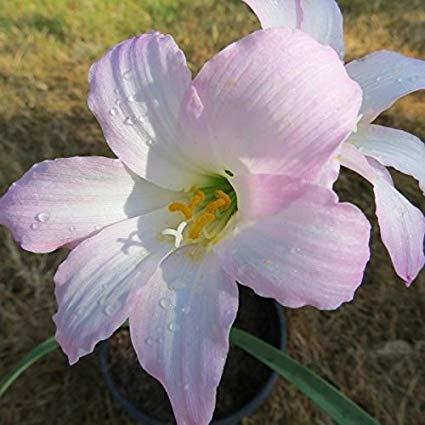
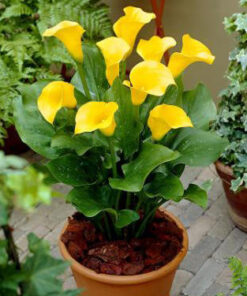

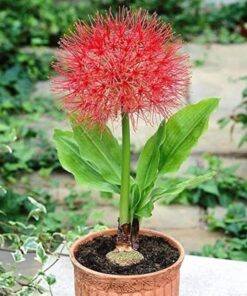
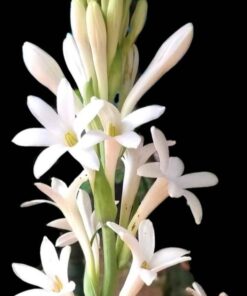
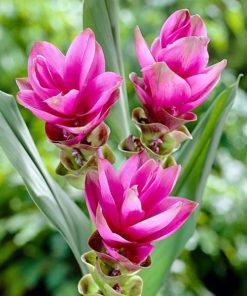
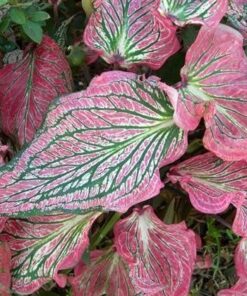
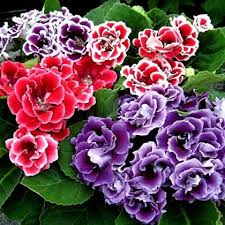

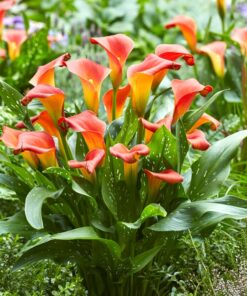
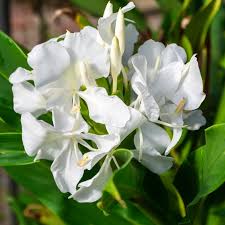
Reviews
There are no reviews yet.